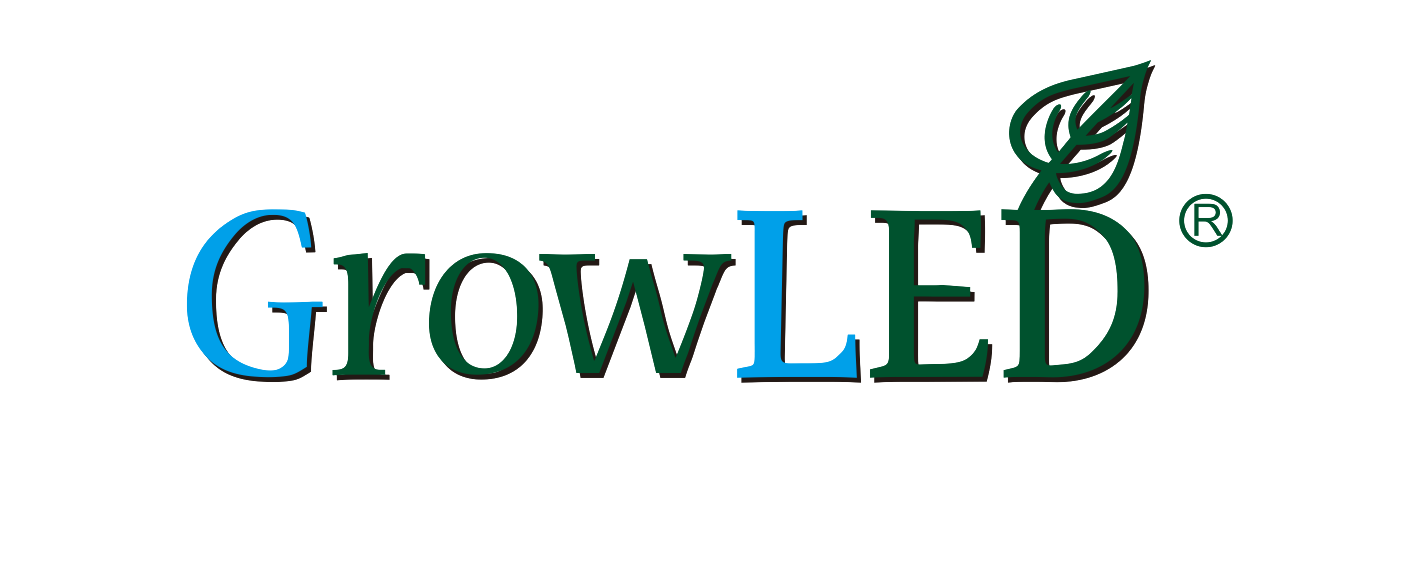
Hayley
Apr 25, 2023
Daily Light Integral (DLI) : How Much Light Do Your Plants Need?
"Understanding Daily Light Integral (DLI) and Its Importance for Plant Growth"
- What is Daily Light Integral?
- How does DLI affect my garden?
- Why is DLI helpful to my plants?
- How can I calculate DLI?
- What is the difference between PPF and PPFD?
- Is there a perfect DLI?
Daily Light Integral (DLI)
Daily Light Integral (DLI) is a factor that many new growers, as well as some experienced growers, may not consider when growing plants. However, DLI is an important factor to take into account when growing plants indoors or in greenhouses. A quick google search will yield many different results from college papers to Wikipedia articles and everything in between. But how are you going to be able to understand this complex scientific plant process with so much information out there? We are going to do our best to help you understand DLI and how this knowledge will make you a better grower.

What is Daily Light Integral?
Daily light integral, also known as DLI, refers to the amount of photosynthetically active radiation (PAR) that your plant receives over a period of time (usually a 24-hour period), typically expressed in units of mol/m²/day (moles per square meter per day).
PAR may seem like a bunch of super complicated science talk, but it is actually quite simple. Photosynthetically Active Radiation (PAR), which refers to the portion of the light spectrum that is used by plants for photosynthesis. This includes wavelengths of light between 400 and 700 nanometers.

“In plain language, PAR is the type of light that plants use to grow. It's important to note that not all light is created equal - some wavelengths are more useful to plants than others. PAR refers specifically to the wavelengths of light that are most useful for photosynthesis, and are therefore essential for plant growth.”

How does DLI affect my garden?
Plants, just like humans, need basic essentials to survive. From nutritious soil and water to sunlight, most growers already understand how to cultivate and care for their plants. The part that you may not think about is how much of each of these you need. You have to find the balance between not drowning your plants while also not letting them dry out. This is the same with light, if you have a grow light for your plants, you cannot leave it turned on 24 hours a day as you would burn the leaves and dry it out. On the other hand, you also cannot leave your plant in the dark all day as it would not grow. This is where DLI comes in handy. By knowing how much DLI your plant needs, you can more efficiently grow them.
Why is DLI helpful to my plants?
Plants require a certain amount of light each day to meet their energy needs and achieve optimal growth. The DLI takes into account both the intensity and duration of light exposure, and provides a measure of the total amount of photosynthetically active light that a plant receives over the course of a day. By monitoring the DLI, you can ensure that your plants are receiving the optimal amount of light for their specific needs.
How can I calculate DLI?
There are several ways to calculate DLI, but one common method is to use a formula that takes into account the intensity and duration of light received by a plant.
Here's a simplified version of the formula:

Where:
· DLI = Daily Light Integral in mol/m²/day
· PPFD = Photosynthetic Photon Flux Density in μmol/m²/s
· Light Duration = Duration of Light in seconds
To use this formula, you will need to measure the PPFD of your grow lights using a specialized meter or sensor, and the duration of light over a 24-hour period. Once you have these values, you can plug them into the formula to calculate the DLI.
For example, let's say you have a grow light that produces a PPFD of 500 μmol/m²/s, and you run it for 16 hours per day. To calculate the DLI, you would use the following formula:
DLI = (500 μmol/m²/s × 16 hours × 60 minutes × 60 seconds) ÷ 1,000,000
DLI = 2.88 mol/m²/day
This means that your plants would receive a DLI of 2.88 mol/m²/day if they were exposed to this light intensity and duration over a 24-hour period.
Keep in mind that this is a simplified formula, and there may be other factors that can affect the DLI of your plants, such as the distance between the grow light and the plants, the reflectivity of the growing surface, and the angle and direction of the light source. DLI is like a proportion. A high intensity of light (PPFD) with a short-time frame will have the same DLI as a low intensity light with a long-time frame. The secret is finding the perfect balance for your specific plant.
Here are the approximate PPFD and DLI requirements for several common plants:
Light Requirements for Plants: Find Your Plant's PPFD and DLI
What is the difference between PPF and PPFD?
PPF measures the total amount of photons emitted by a light source, while PPFD measures the amount of those photons that actually reach the plant. The height of the light also factors into this. As seen in the photo below, light will go down from the source in a triangular shape and dissipate the further it gets away from the light source. This results in two things, that the center of the light will produce the highest PPFD and that the closer the light is the higher the PPFD will be.

The PPFD of this light fixture will be higher for the dark green leaf than the light green leaf. This is because the dark green leaf is located centrally in this beam of light and closer to the fixture. An increased PPFD will result in a higher DLI for the dark green leaf over the same time frame than the light green leaf.
Is there a perfect DLI?
There is NO single "perfect" DLI (Daily Light Integral) that will work for all plants, as different plants have different requirements for light intensity and duration. The optimal DLI for a given plant will depend on a variety of factors, including its growth stage, genetics, environmental conditions, and desired yield.
Nature is the best testament to this as there are very few ecosystems where plants do not exist. Even in the harshest environments like deserts, plants such as cacti thrive. So luckily for you, you do not need to produce perfect conditions for your plants to thrive in.
WHAT FACTORS AFFECT DLI?
Several factors can affect the Daily Light Integral (DLI) of plants, including:
1. Light source: The type and intensity of the light source used can have a significant impact on DLI. Different types of lights emit different amounts and spectra of light, which can affect the amount of photosynthetically active light that reaches the plants.
2. Light duration: The duration of the light period, or photoperiod, can also affect DLI. Plants require a certain amount of light each day to meet their energy needs and achieve optimal growth, so a longer photoperiod can increase the DLI.
3. Light quality: The spectrum of light emitted by the light source can also affect DLI. Different wavelengths of light are absorbed by plants at different rates, and different spectra can affect plant growth and development in different ways.
4. Distance from light source: The distance between the plants and the light source can also affect DLI. As light travels further from the source, its intensity decreases, so plants that are farther away from the light source will receive less light and have a lower DLI.
5. Plant canopy density: The density of the plant canopy can also affect DLI. Plants that are closely spaced or have a dense canopy may shade each other and reduce the amount of light that reaches lower leaves, reducing the overall DLI.
6. Environmental conditions: Environmental factors such as temperature, humidity, and carbon dioxide levels can also affect DLI. High temperatures can increase the rate of photosynthesis and increase the DLI, while high humidity or low CO2 levels can decrease the DLI.
By understanding these factors and monitoring the DLI of your plants, you can optimize your growing environment to promote healthy growth and development.


